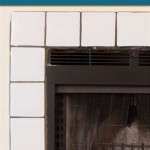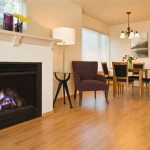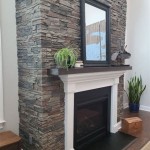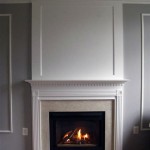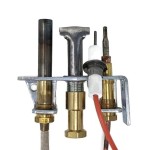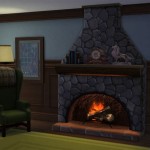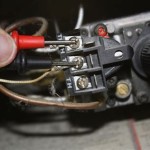Standard Size Fireplace Hearth: Dimensions and Considerations
The hearth of a fireplace is an essential component, serving both functional and aesthetic purposes. It provides a safe and stable surface for the firebox and acts as a decorative element in the room. Understanding the standard size of a fireplace hearth is crucial for ensuring proper installation and safety, as well as harmonious integration with the surrounding space.
Standard Fireplace Hearth Dimensions
The standard size for a fireplace hearth is determined by a combination of factors, including the size of the firebox, local building codes, and personal preferences. However, there are some general guidelines that are commonly followed.
The minimum width of a hearth is typically 12 inches wider than the firebox opening on each side. For example, if the firebox opening is 36 inches wide, the hearth should be at least 60 inches wide. The minimum depth of a hearth is typically 16 inches. This depth provides ample space for embers and allows for safe clearance from combustible materials.
The height of the hearth is less strictly defined. It can be adjusted to suit the design and flow of the room. However, it is generally recommended to have a minimum height of 6 inches above the floor to ensure safe clearance.
Considerations for Hearth Material and Construction
The choice of material for a fireplace hearth is a matter of both practicality and aesthetics. Some popular materials include:
- Stone: Natural stone, such as slate, granite, or marble, offers durability, heat resistance, and a natural aesthetic.
- Tile: Ceramic tile is another durable and versatile option, available in a wide range of colors, patterns, and textures.
- Brick: Brick is a classic material that provides a traditional and rustic look.
- Concrete: Concrete is a cost-effective and durable option that can be poured in place or used as precast slabs.
- Metal: Metal hearths, typically made of steel or cast iron, offer a modern and industrial look.
When selecting a material, it is essential to consider the following factors:
- Heat Resistance: The material should be able to withstand high temperatures generated by the fireplace.
- Durability: The hearth should be sturdy and able to withstand the weight of furniture and foot traffic.
- Maintenance: Some materials require more maintenance than others, such as sealing or cleaning.
- Aesthetics: The material should complement the style of the fireplace and the room.
Hearth Extension and Design Considerations
Often, homeowners choose to extend the fireplace hearth beyond the minimum dimensions to create a more spacious and functional area. A hearth extension can be used as a seating area, a display space, or simply to enhance the visual impact of the fireplace.
When designing a hearth extension, it is essential to consider the following points:
- Fireplace Opening: The hearth extension should be proportional to the size of the fireplace opening, ensuring a balanced look.
- Room Layout: The extension should be positioned in a way that does not obstruct traffic flow or create safety hazards.
- Functionality: Consider the intended use of the extension and choose a shape, size, and materials that support that function.
- Style: The design should complement the overall style of the room and fireplace.
By carefully considering these factors, homeowners can create a fireplace hearth that is both functional and aesthetically pleasing, adding a touch of warmth and elegance to their living spaces.

Fireplace Hearth Extension Rules Structure Tech Home Inspections

Average Fireplace Dimensions

Average Fireplace Dimensions Diy Building Plans House

Fireplace Mantel Worksheet

Fireplace Dimensions Size Measurement Guide Design

The Proper Way To Measure Dimensions Of A Fireplace

Soliftec Bs1251 Fireplaces

What Is A Fireplace Hearth And How Far Should It Extend Building Code Trainer

Best Fireplace Mantel Proportions How Not To Muck It Up Laurel Home
What Is The Standard Height For A Fireplace Mantel Quora

